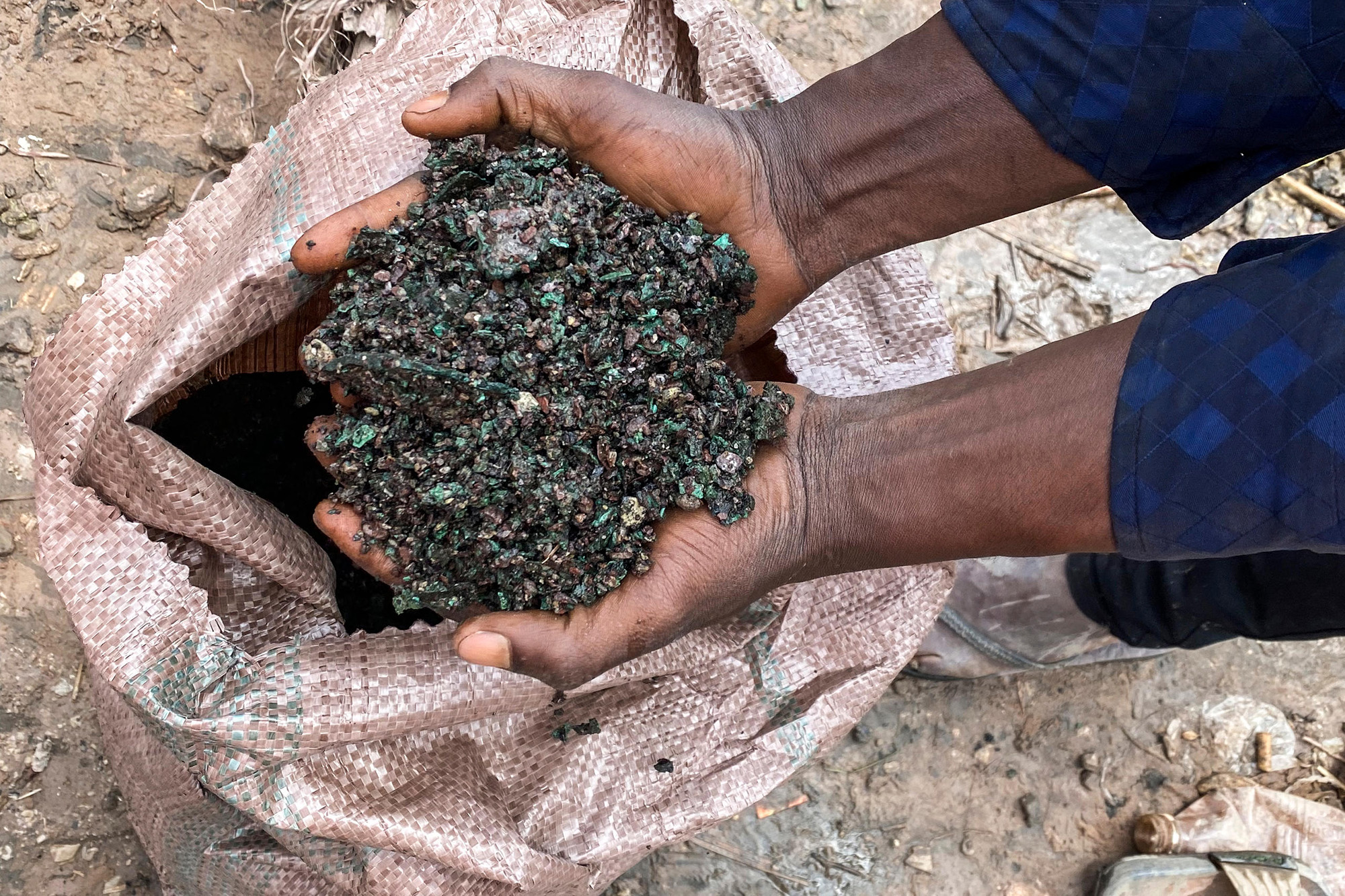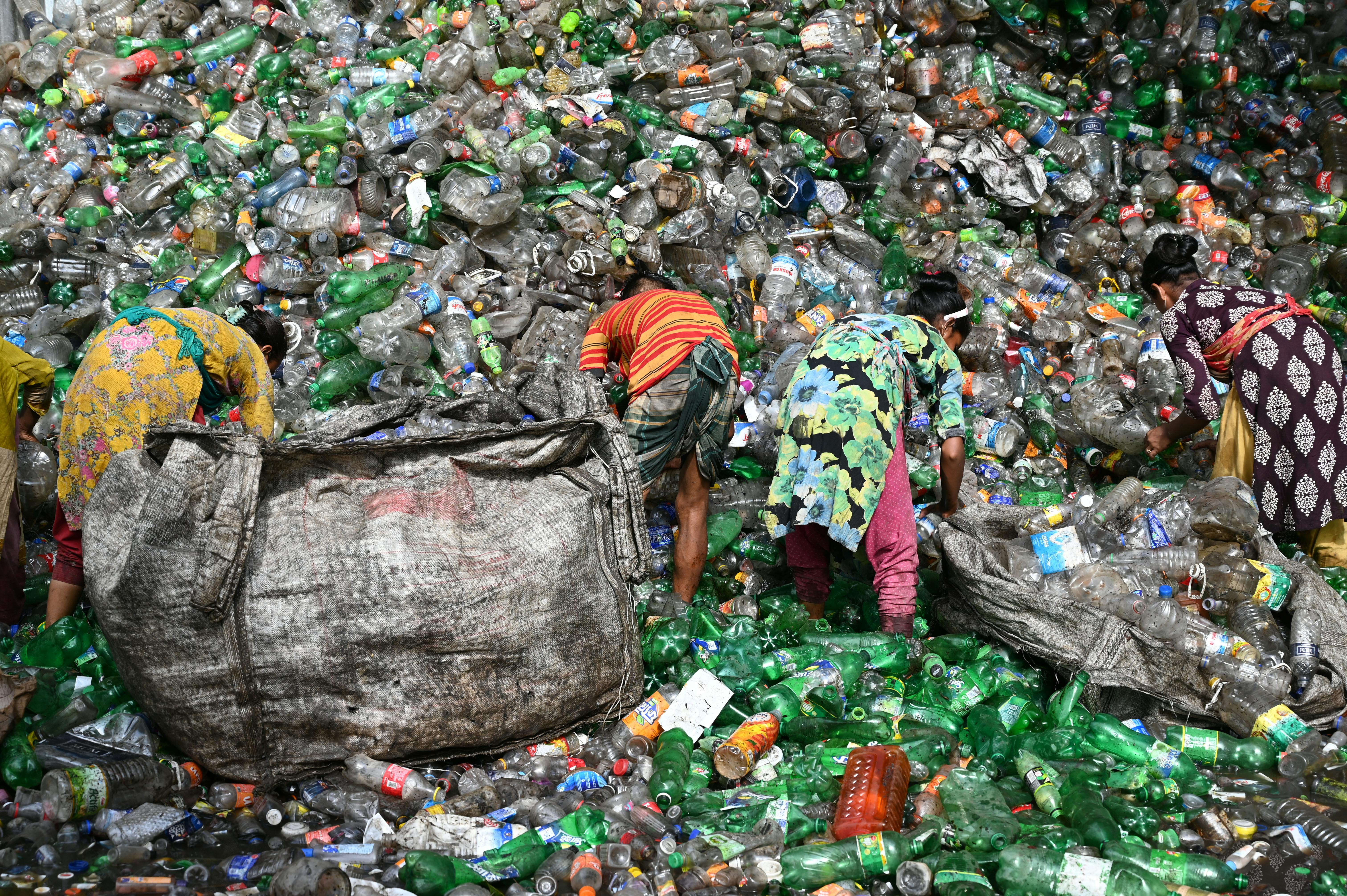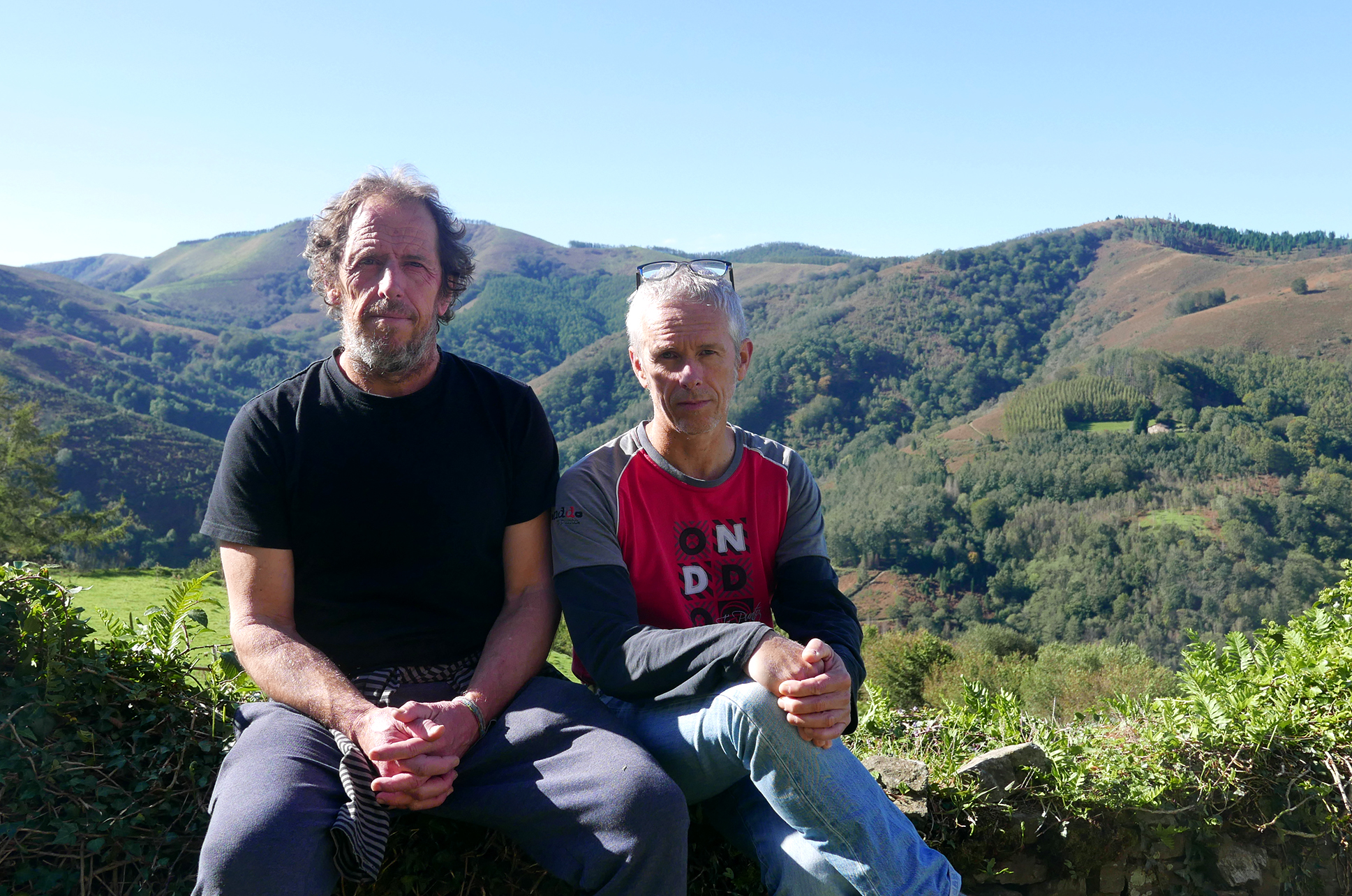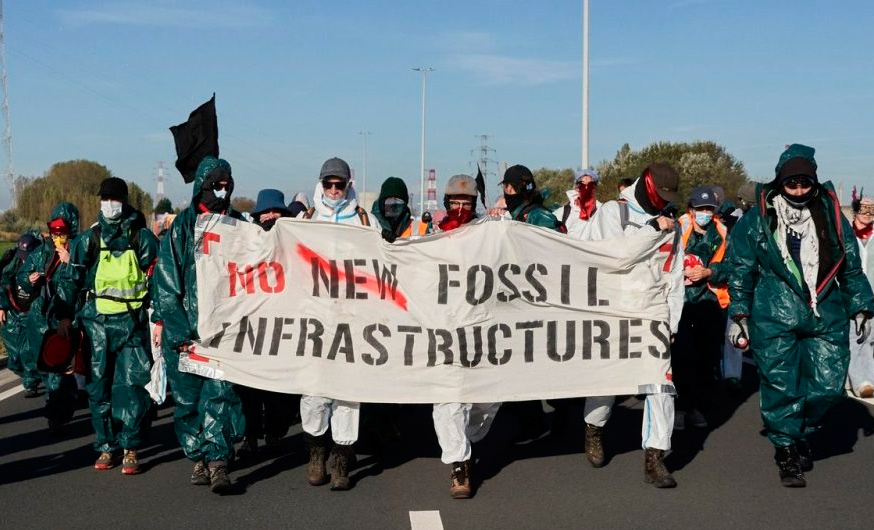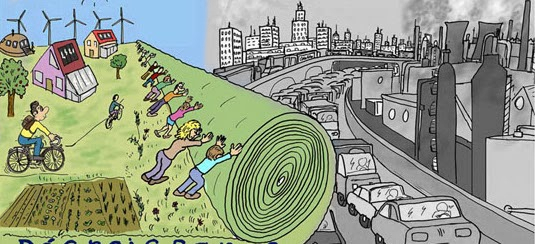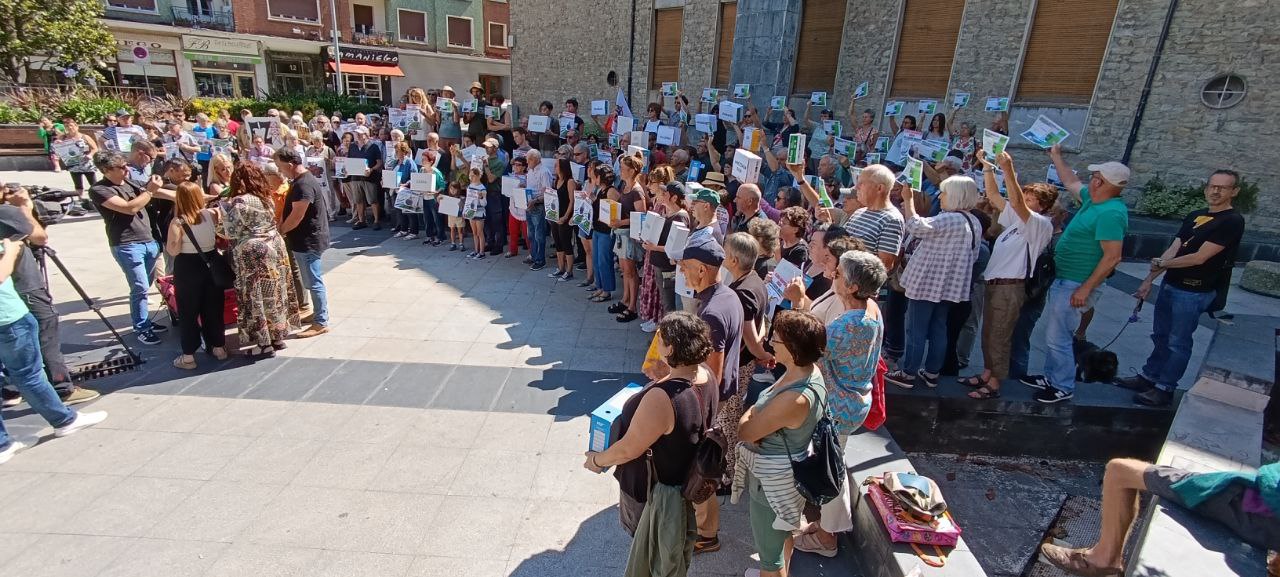Electricity consumption in the Spanish State stagnates at 2004 levels
- The Electricity Network of Spain has reported that electricity consumption in the Spanish State in June was as follows: 19,422 gigawatts per hour. That is, very similar to the 2004 data: then there were 19,384 Gigawatios.

Electricity consumption in the Spanish State in June of this year was slightly higher than in June 2020 (19,359 gigawatts), but it should be noted that that year was the year of the pandemic and that from 14 March to 21 June the economy suffered a great stagnation.
That seems incredible, but the data indicates that a similar amount of electricity is being consumed in the current Spanish state and in 2004, when economic growth has increased by a third. State GDP was below EUR 1 trillion in 2004 and currently stands at EUR 1.5 trillion. At that time, the number of workers discharged from the Social Security Service was 17 million and currently stands at 21 million. Everything has increased in economic parameters, with the exception of consumer electricity demand.
This means that this economic growth is being carried out primarily on fossil energy and that the effort of social and economic electrification has hardly borne fruit in the last 20 years. However, in one way or another, the forecast must be high, since in the Spanish State at least we are facing a new explosion of wind and solar energy. Yesterday we published that the solar power plants that Solaria wants to make in Álava are 25 and not three, as announced.
In today’s world energy from electricity is around 20% and in the Spanish state a little more, in the 2019 data 23%, although 70% of the economy remains on fossil energies. There is an effort in today's economy to reduce that high percentage of fossils and to have electricity fill, but it's not achieved, or very slowly. The current model of decarbonisation is to replace the big power centers that have existed so far, and that's what those big wind and solar power parks come to.
This model, on the contrary, faces many problems, from environmental problems to those of the conception of energy, among others, because fossil energy is easy to store, but not solar or wind energy. That is why, according to many experts, it is time to push for another model of renewables, rather than obstructing the construction of today’s major infrastructures, but, of course, that would also entail important changes in the current economic model.
The evolution of electricity consumption in the month of June of the last 20 years in the Spanish State is shown in the digital publication Energy Renewables.
The Centre Tricontinental has described the historical resistance of the Congolese in the dossier The Congolese Fight for Their Own Wealth (the Congolese people struggle for their wealth) (July 2024, No. 77). During the colonialism, the panic among the peasants by the Force... [+]
The update of the Navarra Energy Plan goes unnoticed. The Government of Navarre made this public and, at the end of the period for the submission of claims, no government official has explained to us what their proposals are to the citizens.
The reading of the documentation... [+]
Environmental activist Mikel Álvarez has produced an exhaustive critical report on the wind macro-power plants that Repsol and Endesa intend to build in the vicinity of Arano and Hernani of the region. In his opinion, this is "the largest infrastructure of this kind that is... [+]
Recently we have had other arguments to convince us of the need for macro-projects in the surroundings of Euskal Herria. An example of this was the article published on the website of the EHNE of Bizkaia to one of the participants of the Ecosocial Jump initiative: "For... [+]
On 3 September the Official Bulletin of Navarre published the announcement by the Government of Navarre announcing the update of the Navarre Energy Plan. This should be an important step for the future of our community, taking into account the importance of energy and its use... [+]
I don't know if we're hit by heat waves anymore, if it's a normal hypocrisy or a systemic logic, but the gap between what we know, what we say and what we do, beyond concern, surprises me, especially in a summer environment. News, research, social media interactions… constitute a... [+]










